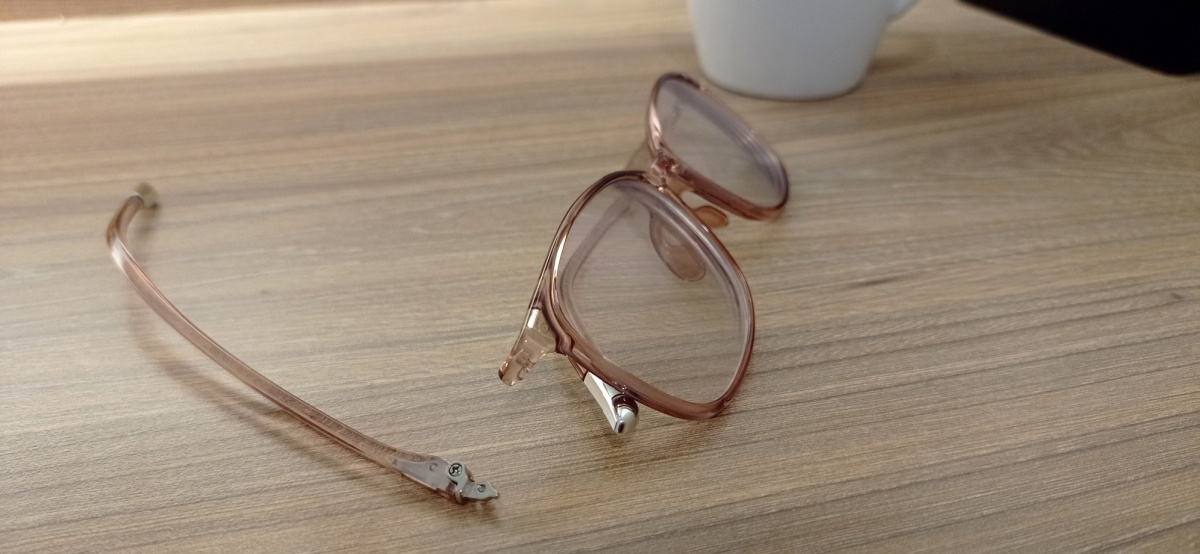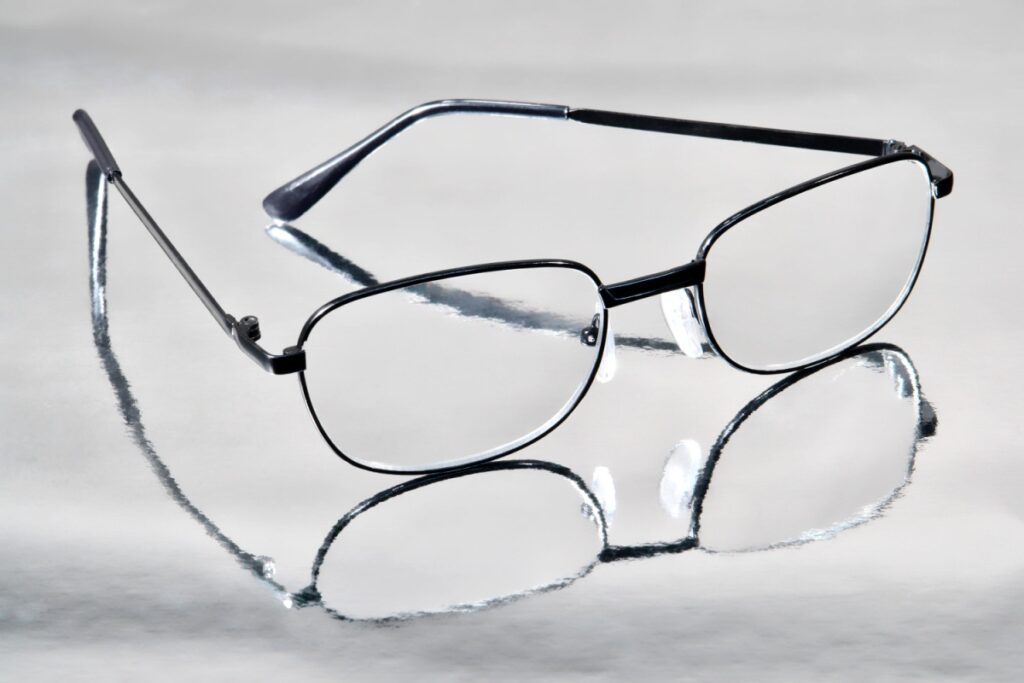Looking for new eyewear can feel overwhelming with all the lens options available today. You’ve got glass lenses, plastic lenses, high-index lenses, and more. Among these choices are polycarbonate lenses, which stand out as a popular pick. You might have heard about them from time to time, but there’s much more to these innovative lenses than meets the eye. We’ll show you everything you need to know about polycarbonate lenses so you can decide if they’re right for your next pair of glasses at your next eye doctor appointment.

Warning Signs You Need New Glasses: Don’t Wait
For most of us, we want our glasses to go the distance. They look great, they were a decent investment,


